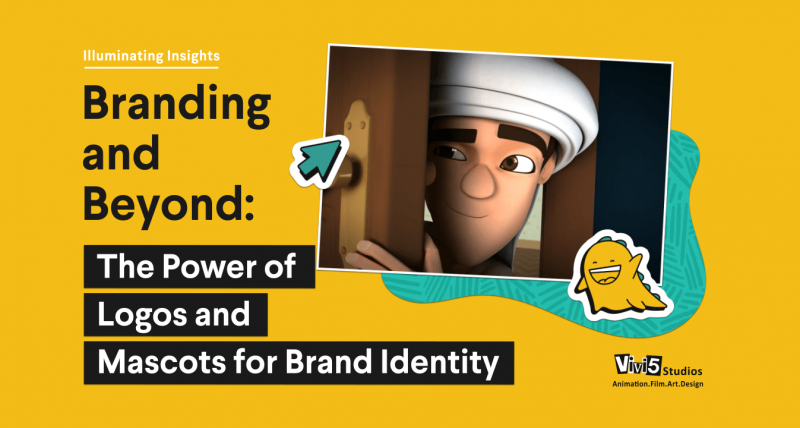Over the past few years, the pandemic has had a profound impact on the advertising industry.
Few industries have surprised everyone with their innovation during the pandemic. One of these sectors is the media sector, which is also inextricably connected to the advertising industry. The demand for information and the time available has never been greater. The Coronavirus crisis has had a significant impact on advertising revenues as well as on how consumers interact with content.
A digital shift for legacy brands
We saw a shift towards digital platform-based integrations from brands. Pinterest partnered with IKEA in 2020 to improve customer experience. Rather than offering a heavy catalogue of designs, the company developed a chatbot quiz that provides customized Pinterest boards.
IKEA Renocations on Pinterest asks users questions such as, “If you could be anywhere in the world, Where would you be?” and “Is there a room in your house where you also feel free and relaxed?”
A Pinterest board of product recommendations was provided after completing the quiz.
A rapid shift in consumer behaviour
The consumer today has a cautious approach to spending exhibited, along with a priority on paying for essential products and services.
- We note a significant growth in online education, digital payments, online delivery, and contactless services, as well as cross-channel delivery.
- Increased preference for buying local brands, herbal products, as well as national brands
- Post-pandemic restrictions rendered food and content the only viable and assured entertainment avenue.
The emergence of FMCG as a major industry
It has been reported that FMCG has become a dominant player in the advertising industry, spending about 30% of all advertising, and has been projected by ad gurus to grow even more post-Covid era.
Today brands have the opportunity to showcase their digital potential and adaptability to an ever-changing market. Cadbury’s recent campaign #shopsforshopless is a great example of how marketing can be more than just selling a product. It can innovatively contribute to a social cause as well.
The campaign was built on the insight that small businesses could thrive with digital devices and support. The insight is rooted in a time when people were looking for alternate mediums to continue their work.
From cable to OTT
There was a general consensus among advertisers that the move from cable to streaming content would take place, but not at the rate at which it did. Even though clicks per minute (CPMs) are higher on this platform than on search and social platforms, there is less competition, so advertisers who are willing to invest in it are able to take full advantage of it. Additionally, linear television does not offer many targeting or reporting options as it does with OTT platforms.
Short-form content
TikTok is sure to take the world by storm, especially when it comes to advertising. The average person spends a considerable amount of time scrolling through short videos. As this has become the norm, it only proves how important it is to maintain a constant understanding of the ever-changing trends in order to remain competitive.
Xiaomi released a series of short animated films to highlight the key feature of Xiaomi 11 Lite NE. Produced at a time when a live shoot was not possible and a message had to be communicated, animation came to the rescue. The campaign was also supported with Influencer activation which reiterated the insight of the umbrella campaign.
Another example of a brand taking advantage of a social trend is Swiggy’s series of 90’s Kung Fu films. Swiggy released a series of ads that took inspiration from a popular trend of redubbing old films or music videos in local languages. The series kept true to the trend and garnered interactive responses on their social pages. This trend also stemmed from the lack of big-budget production at the time. The brand was able to build a connection with its audience.
Human Connect and impactful trends
We have seen brands deliver impactful messages with insights that come from everyday human contexts. #Sharetheload by Ariel was one such remarkable campaign. The campaign talked about sharing the workload at home. Years later the campaign strategists suggested yet another impressionable mark on our mindsets, post-lockdown Checkout how Ariel encourages this change with #SeeEqual
The #SeeEqual movement remains focused on addressing the unequal distribution of household chores, staying true to its umbrella thought. The current campaign also brings in the aspect of acting on our word and truly believing in equality. Equality is often spoken about but never acted on. In order to achieve this, the objective must be to address it in a culturally relevant and contextually appropriate manner.
Takeaways
According to research published in the Harvard Business Review, brands need to communicate in a localized and precise manner. This requires us to understand the situation on the ground on a local level. For some organizations, such as banks, restaurants, or retailers, it may even be necessary to tailor communications based on the type of store where the business is located.
Aside from geography, the research also dives into the importance of marketing messages being relevant to a person’s situation. It is aligned with his or her values and interests. This is opposed to demographics, such as age and gender. Any commercial message must be able to make a personal connection with the consumer. This can be achieved by developing a consumer segment strategy that defines people based on several variables that have a direct impact on their purchasing behaviour – from their psychographics to their attitudes.
We have discovered through our experience working with brands in a variety of industries that these strategies have a better chance of achieving target KPIs and marketing goals as compared to other traditional marketing strategies.
Over the past few years, the pandemic has had a profound impact on the advertising industry. There will be a need to reorganize strategies to deliver quality in the context of the changes in consumers’ media and consumption habits.
It would be fair to say that if there is anything we can learn from the pandemic about advertising, it is the importance of solid brand building and establishing a concrete digital presence. As well as human connection, the power of connecting with the audience and building an online relationship has become a part of brand identity.
Written by Anisha Das





